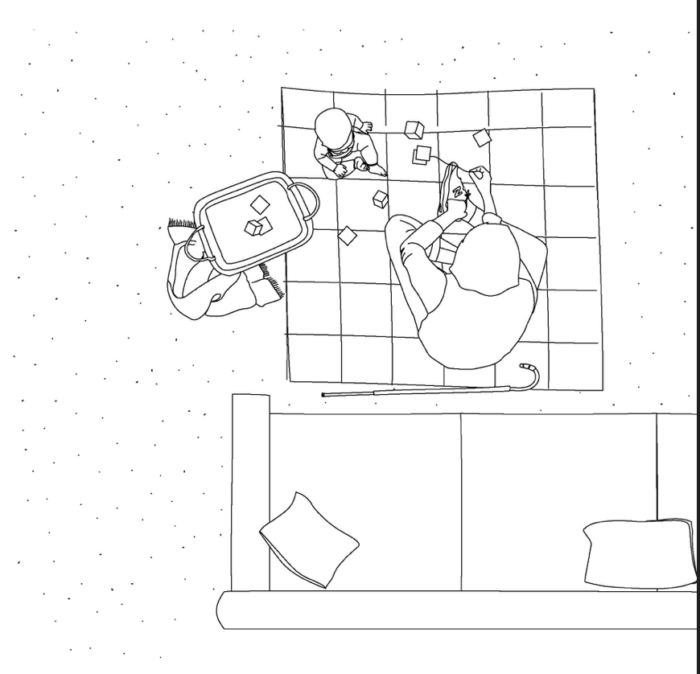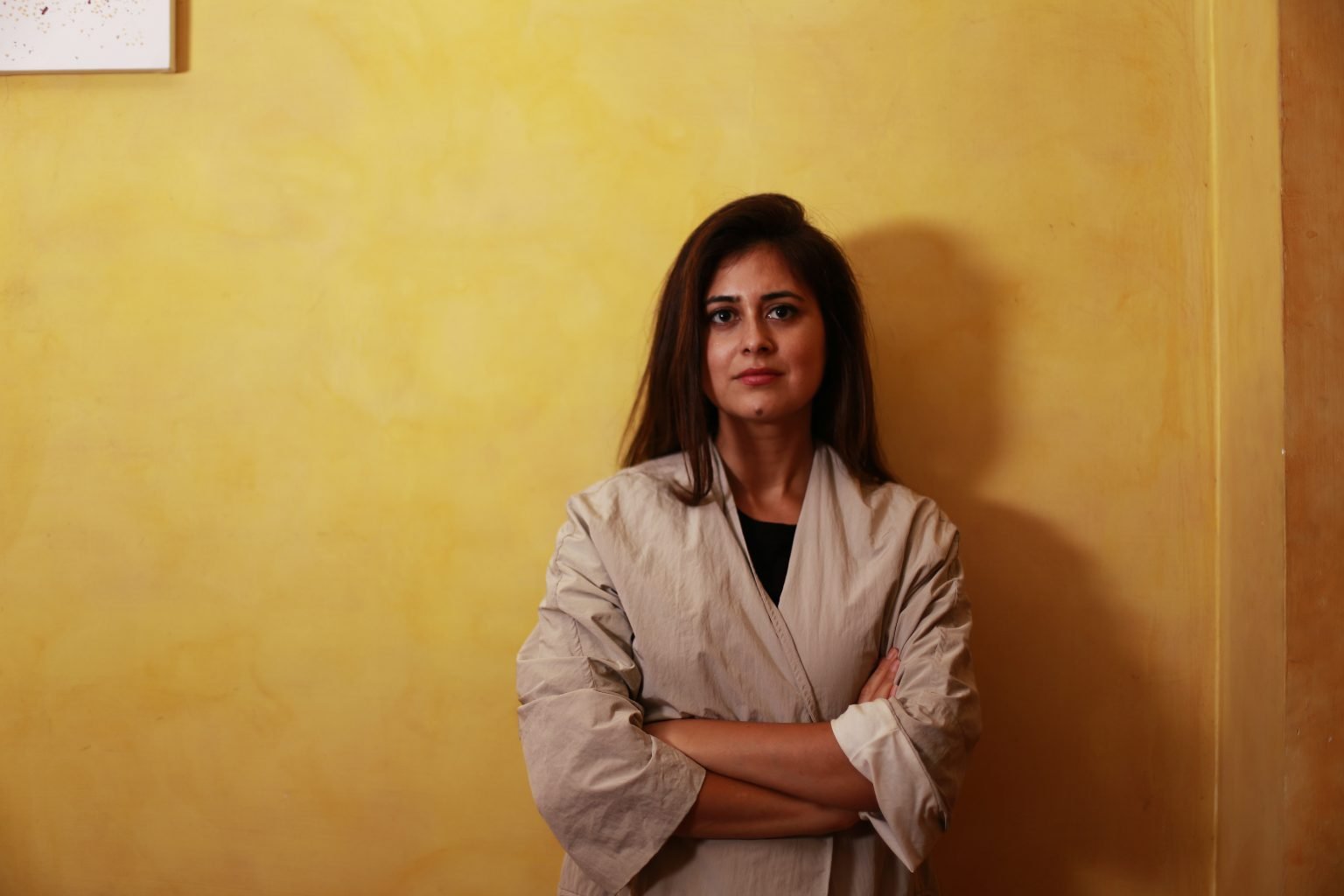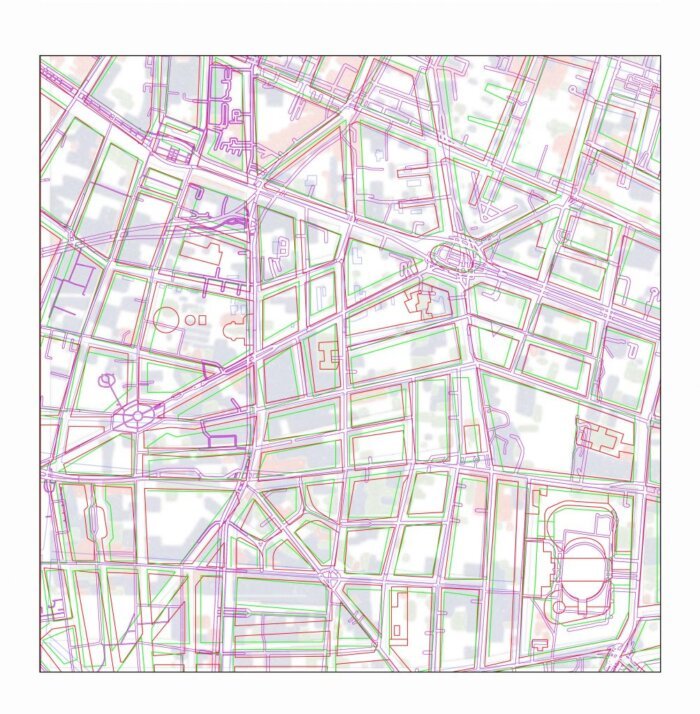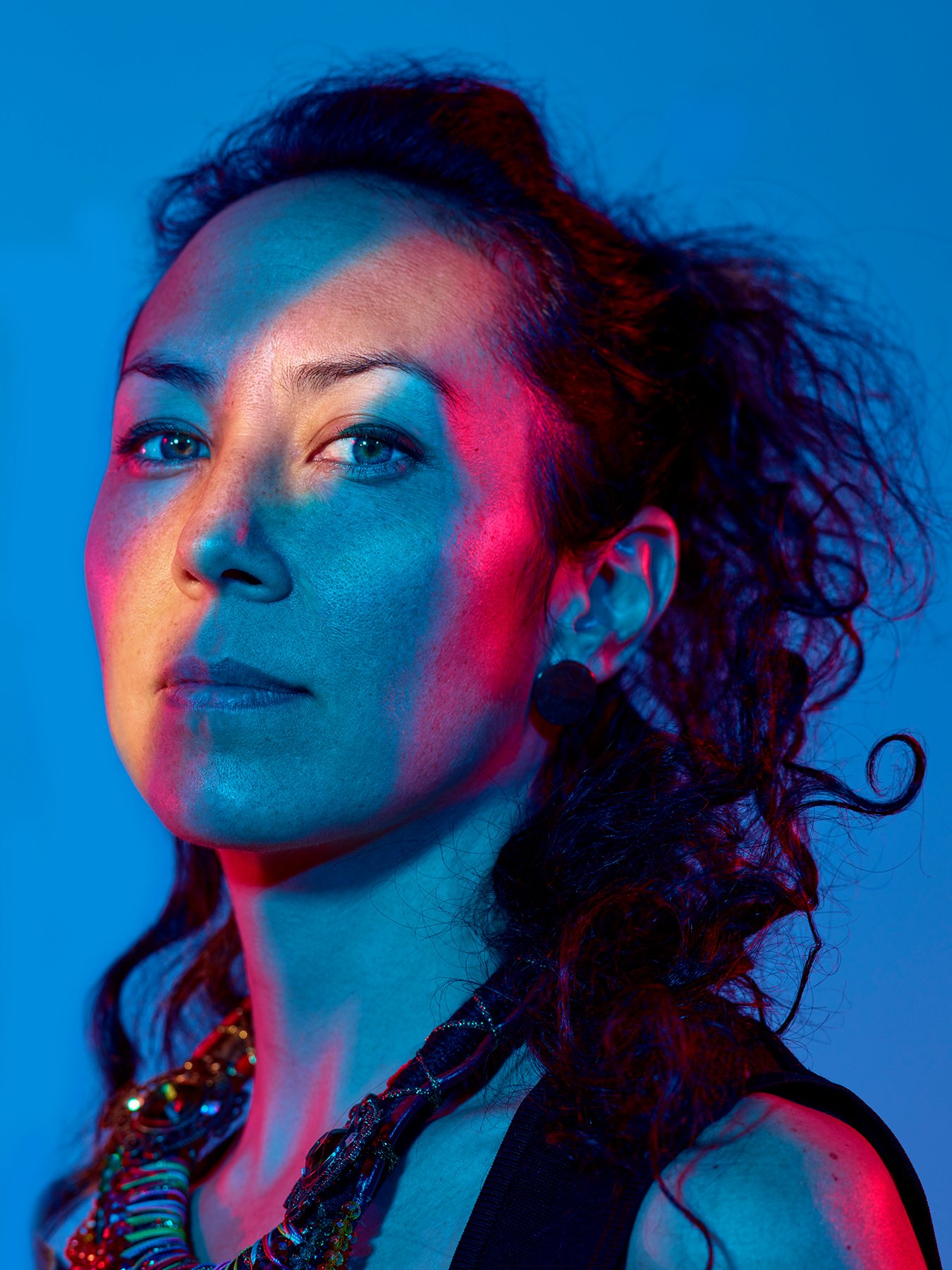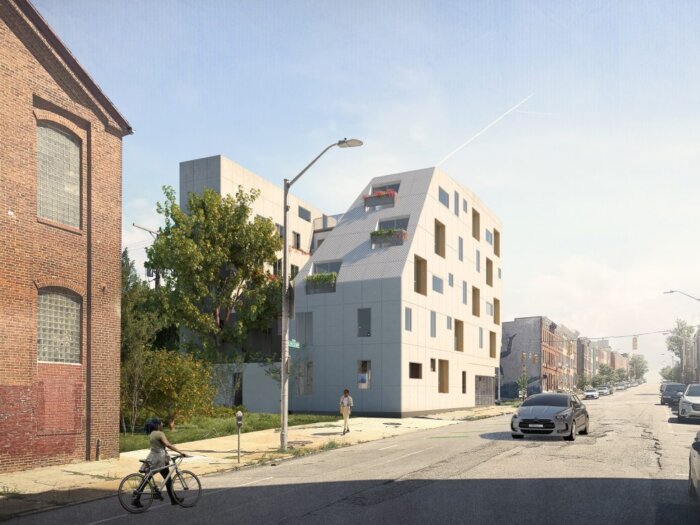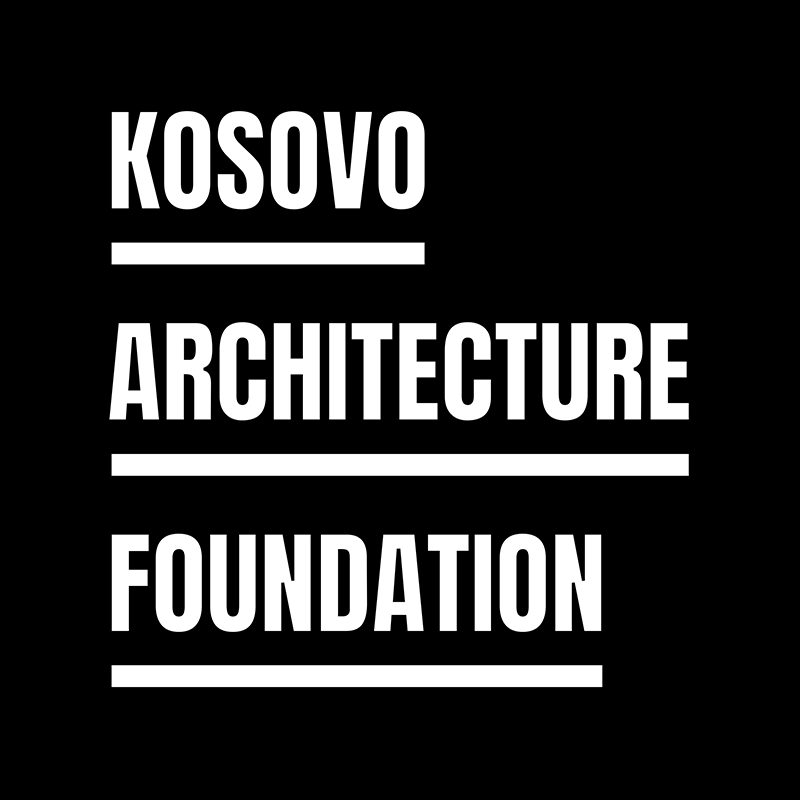

MANIFESTA 14 \ OPEN CALL FOR KOSOVAR PROJECTS
AS SEEN, AS TOLD, AS FELT: OUR STORIES FROM KOSOVO
Which stories from Kosovo would you like to tell? What new, emerging forms could be used for storytelling, or could collectively imagine the future of Prishtina? Where can the citizens of Prishtina reclaim their public space, and more importantly, how could this change the experience of living in the city? Propose a project for Manifesta 14 Prishtina and join the conversation.
Manifesta 14 Prishtina is delighted to launch its Open Call for projects either based in Kosovo or proposed by people from Kosovo.
We invite projects from across culture and society: individual artists, collectives, cultural organisations and institutions, community groups and more. If you have a great idea for a project that you would like included in the Manifesta 14 Prishtina biennial programme – we encourage you to apply!
The projects will be exhibited or integrated into the main Manifesta 14 venues, for example, the Grand Hotel Prishtina, the Brick Factory or the Hivzi Sylejmani library. However, site-specific projects based in Prishtina will also be considered.
We invite you to create a project proposal based around either the Creative Mediator’s concept It matters what worlds world worlds: how to tell stories otherwise, or the urban vision of Prishtina created by CRA-Carlo Ratti Associati.
In January 2022, an International Jury will select a maximum of 15 projects from the submitted proposals. The selected projects will be developed under the curatorial direction of the Creative Mediator, Catherine Nichols.
The fifteen selected projects will benefit from €5,000 of funding from Manifesta 14 Prishtina, as well as logistical, curatorial, communication and marketing support.
For more information on the concept, the selection criteria and how to apply, please follow this link!
The deadline for applications is the 19th of January 2022 – we look forward to reading your proposals.




